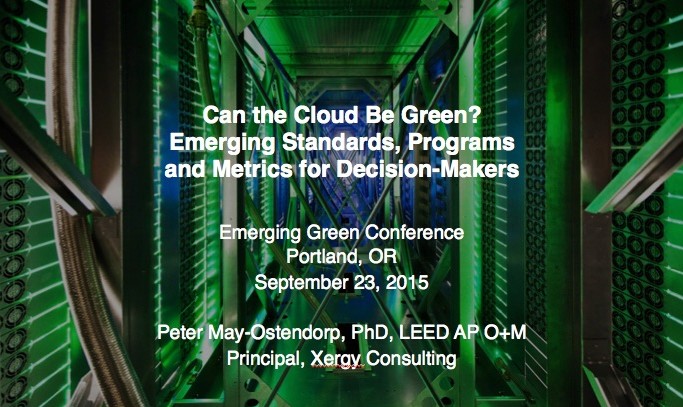The energy use of the Internet continues to expand as information technology becomes ever more central to economic growth. Today, the data centers that drive the Internet are collectively the world’s 13th largest country as an electricity user. For the past decade, environmental and energy efficiency advocates have been taking the first steps to green the broader information and communication technology (ICT) sector, but have we done enough, and are we focusing our efforts on the right leverage points in the ICT system?
Recent research conducted by Xergy on behalf of the Green Electronics Council suggests that there are still ample opportunities to better measure, standardize, and promote improved environmental and energy performance in the ICT sector, particularly in data centers:
- Seeing the big picture: today’s data center programs and metrics place a strong emphasis on site energy use. While important, this ignores broader carbon emissions impacts and other resource impacts.
- Beyond PUE: power utilization effectiveness or PUE, the industry’s standard efficiency metric, only indicates how efficiently data centers are cooled. We need new metrics (and programs/policies built around them) focused on IT equipment energy use and utilization as well. Recent studies suggest that about 1/3 of servers are comatose, providing no useful services other than solid-state space heating.
- Edge devices only as green as the clouds they run on: the share of ICT energy used by edge devices (computers, phones, tablets) is dropping as the world continues a transition toward mobile devices. Mobiles depend on myriad cloud services with unknown environmental performance. Great effort has been taken to green the physical supply chains for these products. We need a framework for greening their “information supply chain.”
Below, find slides from our talk at the 2015 Emerging Green conference in Portland, Oregon.

